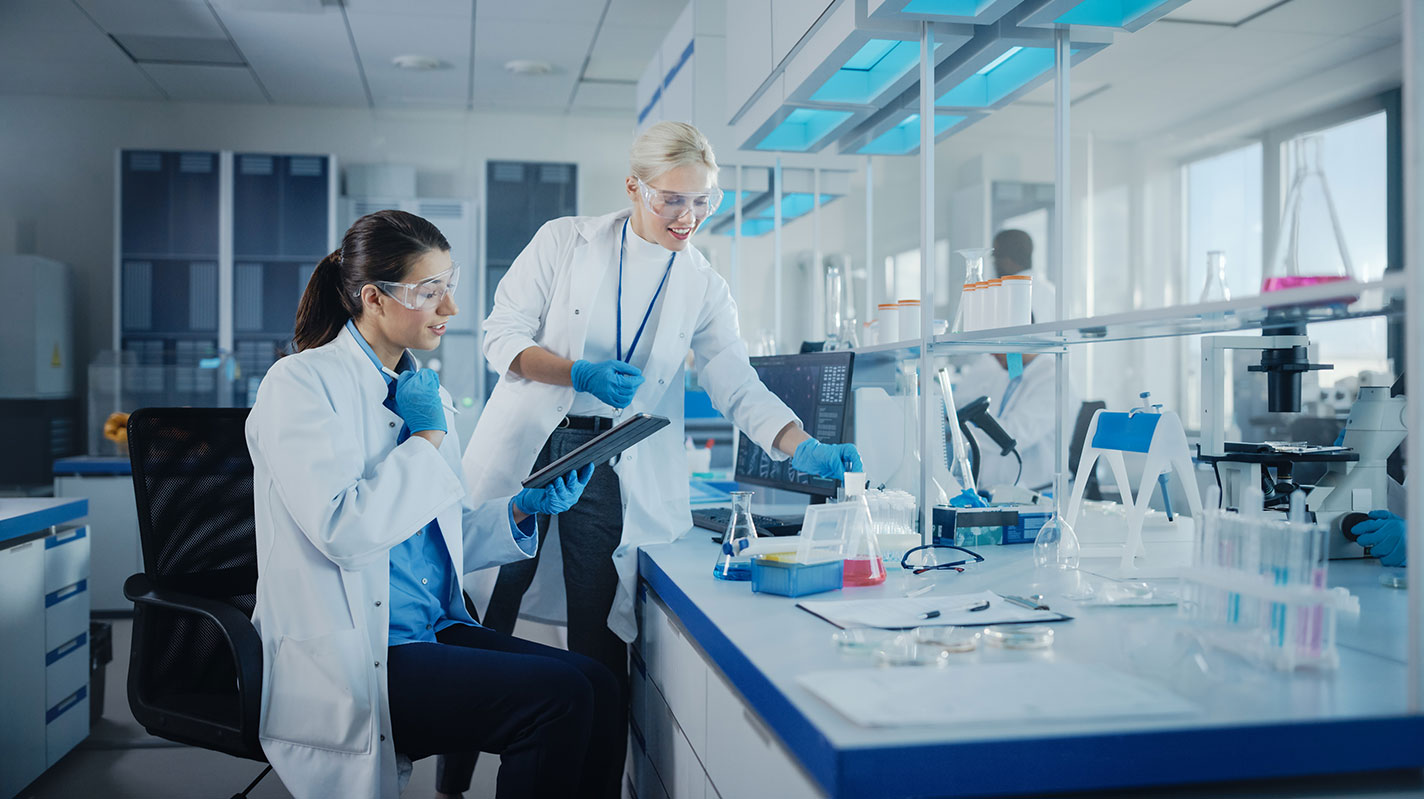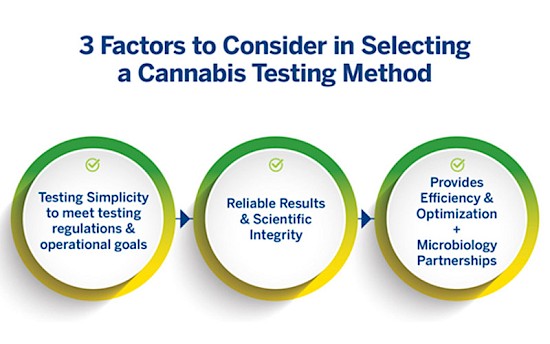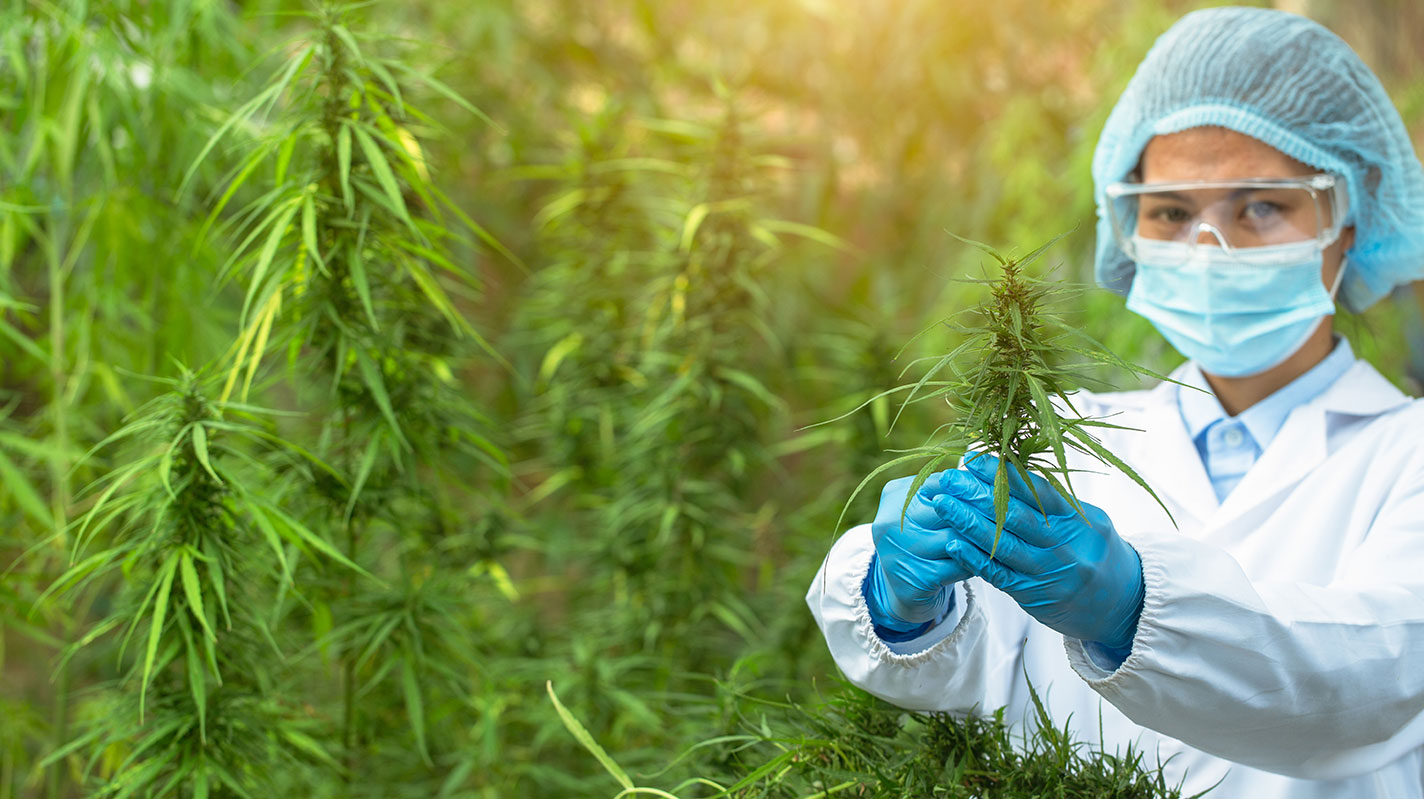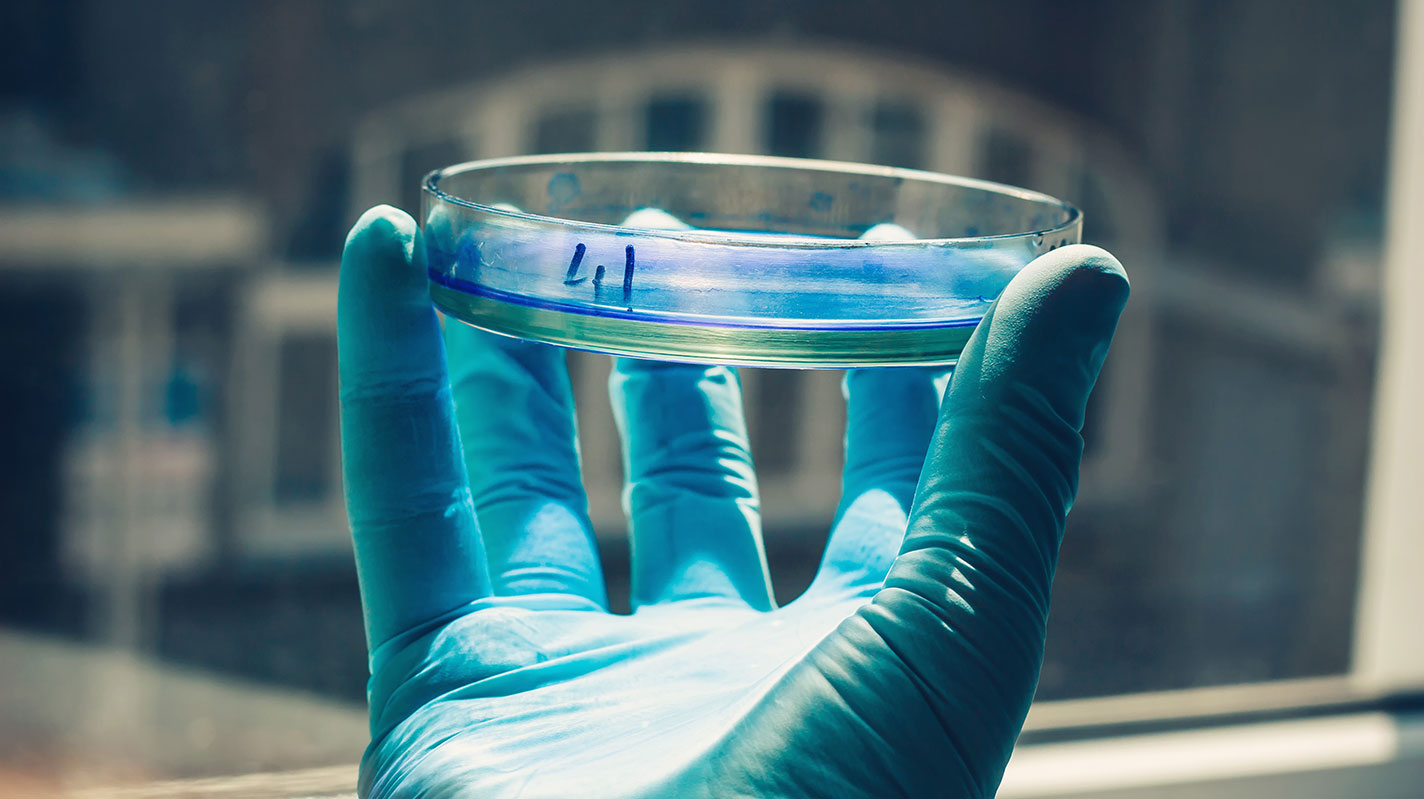Microbiology Testing Methods for Cannabis Laboratories
Learn about the various types of cannabis testing methods and what to consider when choosing a method for your laboratory.

The cannabis industry and the associated compliance regulations are expanding and increasing the need for both internal microbiology and compliance testing laboratories. Not only do you need to establish a lab, but you need to determine specific microbiology testing methods. The factors to consider for a microbiology testing lab can be intimidating, especially if this is the first time working in microbiology. When selecting microbiology testing solutions, consider these five factors:
- Know your operational goals and business plan
- Understand the regulations and confirm testing needs
- Evaluate the science
- Assess the workflow
- Leverage Experts & Forge Partnerships
Know your Operational Goals & Business Plan
When starting the journey to select microbiology testing solutions, it’s best to know and understand the intentions of your lab and microbiology testing program. Operational goals vary throughout the supply chain and from site to site. Using your business plan as a guidepost will maintain focus on the mission and lead towards selection of a solution that truly meets your operational goals and mission.
Understand the Regulations and Confirm Testing Needs
Compliance testing labs are currently state regulated and must adhere to local ordinances; this includes microbiological contaminant testing. Some common microbiology tests are Aspergillus, Salmonella, and STEC (Shiga toxin-producing E. coli). Following AOAC standards may be strongly recommended or even required. Most states require some form of lab verification or validation before implementing a technology. Knowing the regulations sets the stage to ensure the chosen microbiology testing solution achieves the regulatory needs.
Non-Compliance testing labs or in-house labs may or may not anchor on the regulations. Many in-house labs are testing for risk analysis and risk mitigation with the intention to create better processes, improve quality/safety, and profitability. Predicting and knowing the risks powers the determination of the base testing needs.
Evaluate the Science
Not all science is created equal. It’s best to know the options from traditional plating to qPCR rapid detection, and automated enumeration testing and beyond to identification and WGS (whole genome sequencing). Once you know the options and what best meets the needs of your lab, it’s impactful to understand the possibilities available on the market and the differences among them. For instance, if you are looking for real-time PCR, or qPCR, knowing the science and the scientific differences are essential as not all qPCR options are a true solution when meeting the zero tolerance of pathogenic organisms needed for product safety and consumer safety. Microorganisms are alive and need the nutrients to grow to detectable limits, which is achieved with enrichment. AOAC provides an option for vendors to conduct independent validation; meeting these credentials demonstrates that the independent lab that confirmed the test is fit for its purpose. When evaluating the science, here are important factors to pay attention to:
- Know the technology option
- Determine technology needed & compare market options
- Establish AOAC certifications
- Appraise the level or robustness and reliability
- Examine the vendor’s knowledge base
Assess the Workflow


“It is always the simple that produces the marvelous.” – Amelia Barr
Productivity is about creating more impact with less work. To create a greater impact in your lab and business, the workflow needs to be simple, reliable, and repeatable. Regardless of your lab personnel’s level of expertise, when testing is performed in a few simple steps, the process becomes clearer, and there are less opportunities for mistakes. In return this creates efficiency, confidence, and optimization…not to mention happier employees.
A test providing upfront speciation such as Aspergillus or multiplexing (testing for two or more organisms simultaneously) maintains simplicity while providing the answers and data needed without additional work or costs.
The workflow must also accommodate for the diversity of products being tested. Having a harmonized workflow among the products builds uniformity into the lab which saves time and adds further efficiency and optimization equating to increased profitability.
Leverage Experts & Forge Partnerships

“Alone we can do so little; together we can do so much.” – Helen Keller
We all have varying skillsets and capabilities. When uniting varying degrees of expertise, we bridge weaknesses and expand strengths to create something greater than the sum of its whole. It’s important to choose a suitable partner to match your mission. A true partner is an extension of your business and resources, and a sounding board focusing on your mission, science, and the industry. Look for well-established entities whose solutions to achieve your testing goal, scientific robustness, and integrity match yours. Also make sure they have deep expertise in microbiology and cannabis, and have an extended expertise in food, pharmaceuticals, and nutraceuticals. More about this can be found in Laboratory Set-Up – Knowledge Impact.

The microbiology testing method used in your lab will be day in and day out. It’s essential the method meets your needs, values, and is highly functional. When selecting a testing method for cannabis microbiology, know your operational goals and business plan, understand the regulations, confirm testing needs, evaluate the science, access the workflow, and leverage the experts and partnerships.






